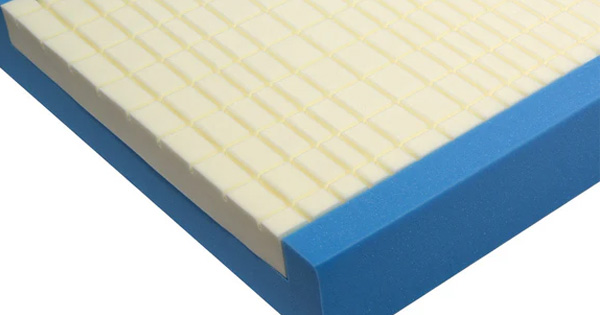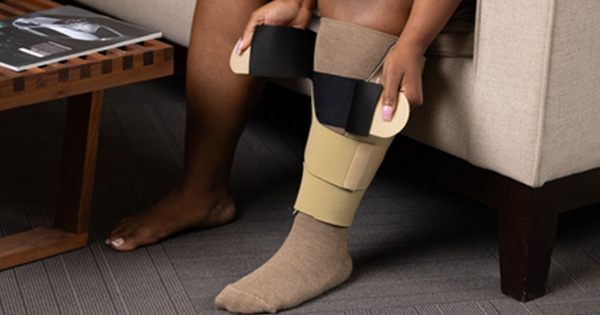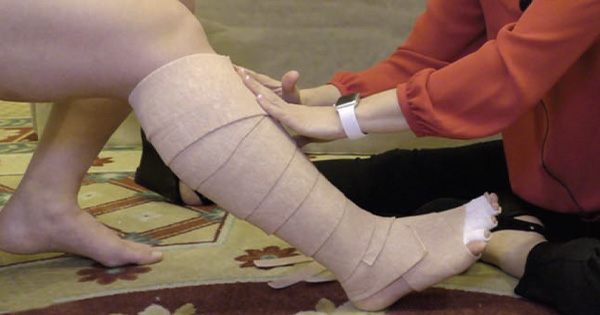The NHS quality agenda has been discussed, debated, explored and highlighted over the past year in an effort to meet the challenges laid down by the Department of Health (DH). The terms quality accounts, innovation, productivity and prevention (QIPP), and the Commissioning for Quality and Innovation (CQUIN) payment framework should by now be familiar to most clinicians.
The CQUIN framework aims to place quality improvement and innovation at the heart of negotiations between commissioners and providers to ensure that local quality improvement priorities are discussed at board level. The CQUIN payment framework also stipulates that a proportion of the income paid to healthcare providers is conditional on quality and innovation. This will help to create an NHS where quality is the organising principle, as set out in High Quality Care for All (DH, 2008).
There are in excess of 200 new indicators that make it essential for tissue viability clinicians to benchmark their work against that of their peers. Each strategic health authority (SHA) has identified quality initiative schemes and indicators based around four sectors — acute, community, mental health and ambulance services. The Chief Nursing Officer for England has produced eight high impact action themes for nursing and midwifery, including: ‘Your skin matters: no avoidable pressure ulcers in NHS-provided care.’
Additionally, the Leg Club social model, which has been designed for use in patients with leg ulcers, has been identified by the DH as an area of good practice for its approach to quality care.
The DH document NHS 2010–2015. From Good to Great (DH, 2009) clearly states that there will be ‘safer care for patients, who can be confident that they will be protected from avoidable harm’. It highlights pressure ulcers as an area that needs to be addressed and insists that the tariff payment system will not reward poor quality or unsafe care. Penalties can be applied to those areas that do not meet quality or patient satisfaction outcomes, and there is an expectation that over time up to 10% of trusts’ income could be dependent on patient experience and satisfaction.
However, tissue viability is not always recognised as a speciality and clinicians need to ensure that it is seen as a discipline that impacts on other areas, such as nutrition, pain management, infection and medicines management. In the future NHS, quality is going to be paramount, but what support will tissue viability practitioners receive in meeting these targets and indicators?






